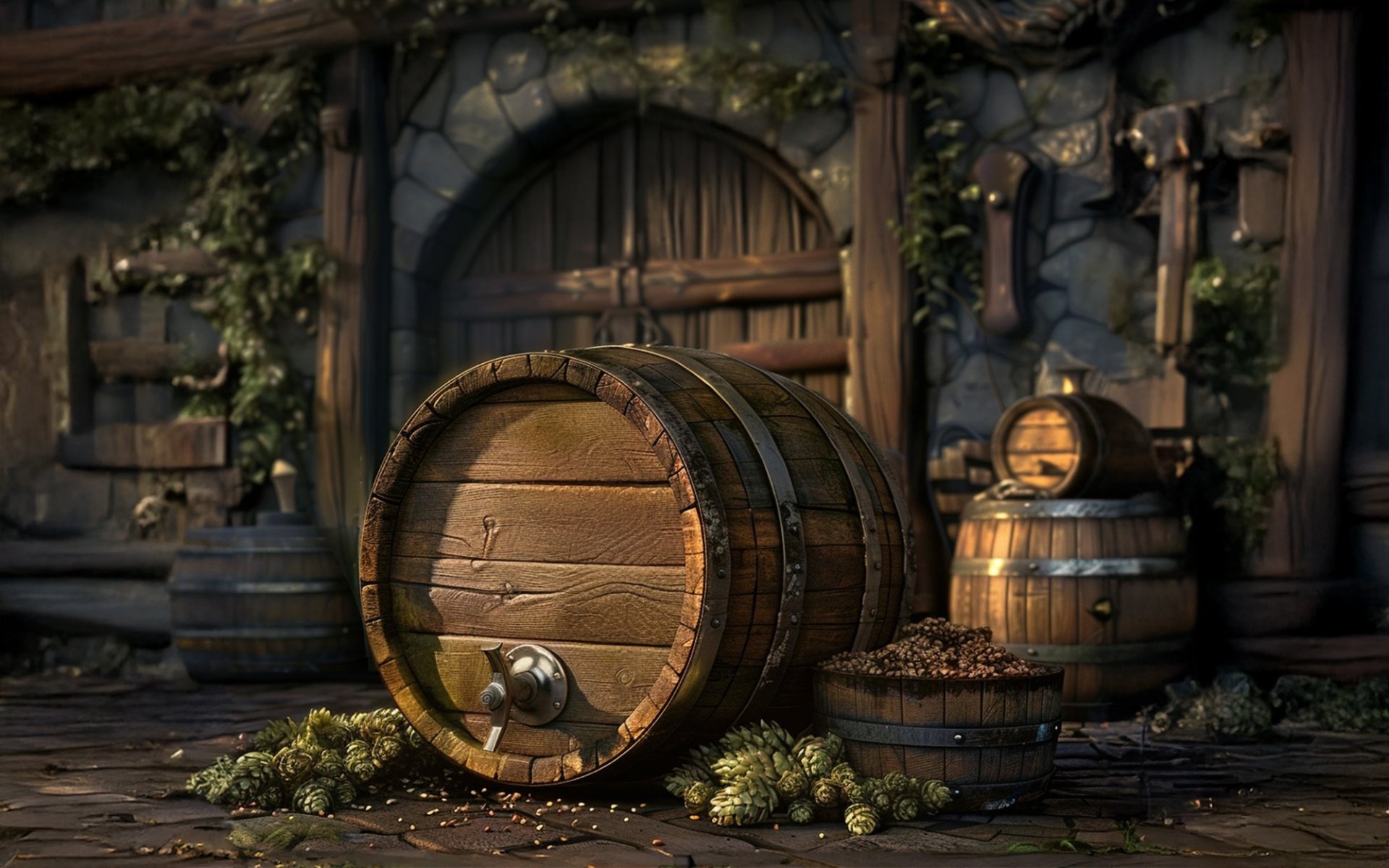Top-Fermentation and Bottom-Fermentation

Beer is a popular beverage that has been with humanity for a long time. In each era, beer production has evolved, reflecting advancements in technology and human ingenuity. The most prominent evolutions, however, are the brewing techniques of Top-Fermentation and Bottom-Fermentation. Today, Rimping Supermarket will take you through the key differences between these two methods.
Top-Fermentation: The Traditional Technique for Ale
In the earliest days, beer production relied on a traditional brewing method called Top-Fermentation. This technique is primarily used to produce Ale beers, which are known for their rich and diverse flavorsranging from sweet, bitter, to sourdepending on the specific type. Examples include IPAs, Pale Ales, Brown Ales, Stouts, Porters, Belgian Ales, and Lambics.
Key Characteristics
Process: This brewing technique involves a process that occurs at the top of the fermentation tank. During fermentation, the yeast floats to the surface of the wort (the liquid extracted from malt). This is why producers call this method Top-Fermentation.
Temperature: It uses a temperature range of approximately 15-24 degrees Celsius (59-75°F).
Duration: Fermentation with this technique is faster than Bottom-Fermentation, but it still requires at least one week for full fermentation.
Flavor: The warmer fermentation temperature results in beers with a more diverse and intense flavor profile.
Past Limitations:
Despite its advantages, this fermentation process also had drawbacks, such as difficulty in quality control, a shorter shelf life for the beer, and potential flavor changes over time.
Current Status
Today, beers produced using Top-Fermentation still possess a unique character and remain popular among beer lovers. Furthermore, modern technology has provided better quality control methods.
Bottom-Fermentation: An Advancement for Lager Beer
Given the difficulty in controlling quality with Top-Fermentation in ancient times, the Bottom-Fermentation technique was first developed in Bavaria, Germany, around 1420 AD.
Key Characteristics
- Process: Bottom-Fermentation is primarily used to produce Lager beers. This process occurs at the bottom of the fermentation tank, where the yeast settles at the bottom.
- Temperature: It uses a colder fermentation temperature, approximately 10-13 degrees Celsius (50-55°F), compared to Top-Fermentation.
- Duration: Fermentation takes longer, typically around 4-8 weeks.
- Flavor: Beers produced with this method are known for their smooth, clean, and refreshing taste, often with a clear, amber hue. Popular types include Pilsners, Helles, Dunkels, and Bocks.
Past Limitations
Historically, brewing with this technique typically occurred only during colder months and in regions with consistently cool climates, especially in Bavaria, as refrigeration technology was not yet available. Thus, this technique was popular only in certain areas.
Current Status
However, in the 19th century, with the development of refrigeration technology, this brewing technique became much more widespread. Refrigerators allowed brewers to produce these types of beers year-round and helped maintain consistent quality.
Today, numerous breweries worldwide continue to use both of these techniques to produce a wide variety of beers, meeting diverse consumer demands. Whether you prefer the bold character of Ale or the easy-drinking freshness of Lager, there's a beer brewed with a technique perfected over centuries.


